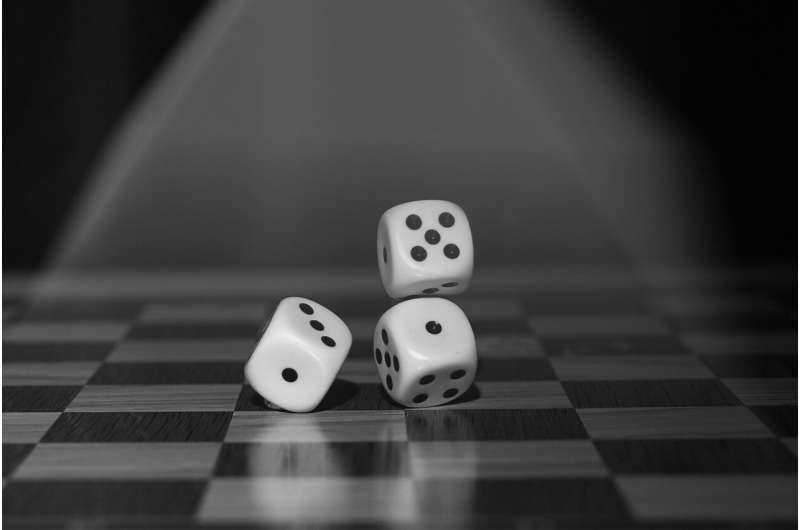The Power of Nostalgia in Enhancing Movement to Music: New Research Insights

Recent research reveals that nostalgic songs significantly increase the desire to move and dance, highlighting the emotional power of music in motivating physical activity and potential therapeutic uses.
Music has long been a universal way for humans to express emotion and connect with rhythm, dating back over 50,000 years to the activities of Neanderthals and early humans who danced and vocalized to rhythms. Recent scientific studies are shedding light on why certain songs make us want to move, with a focus on the roles of familiarity and nostalgia.
A study conducted by neuroscientists at the University of Western Ontario investigated how nostalgia influences our desire to groove, beyond just familiarity with a song. Nostalgia encompasses a complex emotional response that includes feelings of pleasure, wistfulness, sadness, and positive memories. The research aims to deepen understanding of the neural and psychological mechanisms that motivate movement in response to music, which could have therapeutic applications for movement disorders like Parkinson's disease.
According to Professor Grahn, studying the motor response to music reveals that the brain activates rhythmically when listening to music, especially in individuals with movement challenges. This confirms that rhythm and beat are core to why music compels us to dance or tap along. The study involved participants rating songs based on their desire to tap, move, or dance, along with their feelings of enjoyment, familiarity, and nostalgia.
Findings showed that nostalgic songs elicited a greater urge to move than familiar songs alone. The deeper emotional connection, associated with nostalgic music, appears to enhance the motivation to dance. The research team used popular songs from participants’ adolescent years—such as "TiK ToK" by Ke$ha, "Call Me Maybe" by Carly Rae Jepsen, and "Dynamite" by Taio Cruz—which were rated highly for both familiarity and nostalgia. Interestingly, while songs like Katy Perry's "Firework" were very familiar, they scored lower for nostalgia, highlighting that familiarity and nostalgia are related but distinct influences.
Participants also rated their desire to dance to more recent songs, which tended to be less nostalgic but familiar, such as Dua Lipa's "Don't Start Now" and Billie Eilish's "Bad Guy". The research concluded that nostalgia uniquely enhances the motivation to dance through emotional engagement with music from one’s past.
These insights expand the understanding of how music stimulates movement and could inform therapeutic approaches for individuals with movement disorders by emphasizing nostalgic music to boost engagement and motor activity.
Source: https://medicalxpress.com/news/2025-06-nostalgia-grooving-music-explored.html
Stay Updated with Mia's Feed
Get the latest health & wellness insights delivered straight to your inbox.
Related Articles
Understanding Narcissism: Insights from 30 Years of Research
Discover how psychological research over the past 30 years has deepened our understanding of narcissism, revealing its complex subtypes and implications for mental health.
The Impact of Short-Form Video Content on Children's Attention: Insights from Recent Research
Recent research highlights the potential effects of short-form videos on children's attention span and behavioral development, emphasizing the need for mindful media consumption in young learners.
Impact of Food Insecurity on Mental Health and Resilience: New Insights from Recent Study
New research reveals how food insecurity impacts mental health, resilience, and stress management, emphasizing the importance of quality nutrition for psychological well-being.
Understanding the Rise of Gambling Livestreams and Their Role in Addiction
Gambling livestreams are transforming online betting, blending entertainment with risk and fueling addictive behaviors among viewers, especially young adults. Learn how regulation and awareness are crucial to address this emerging concern.



